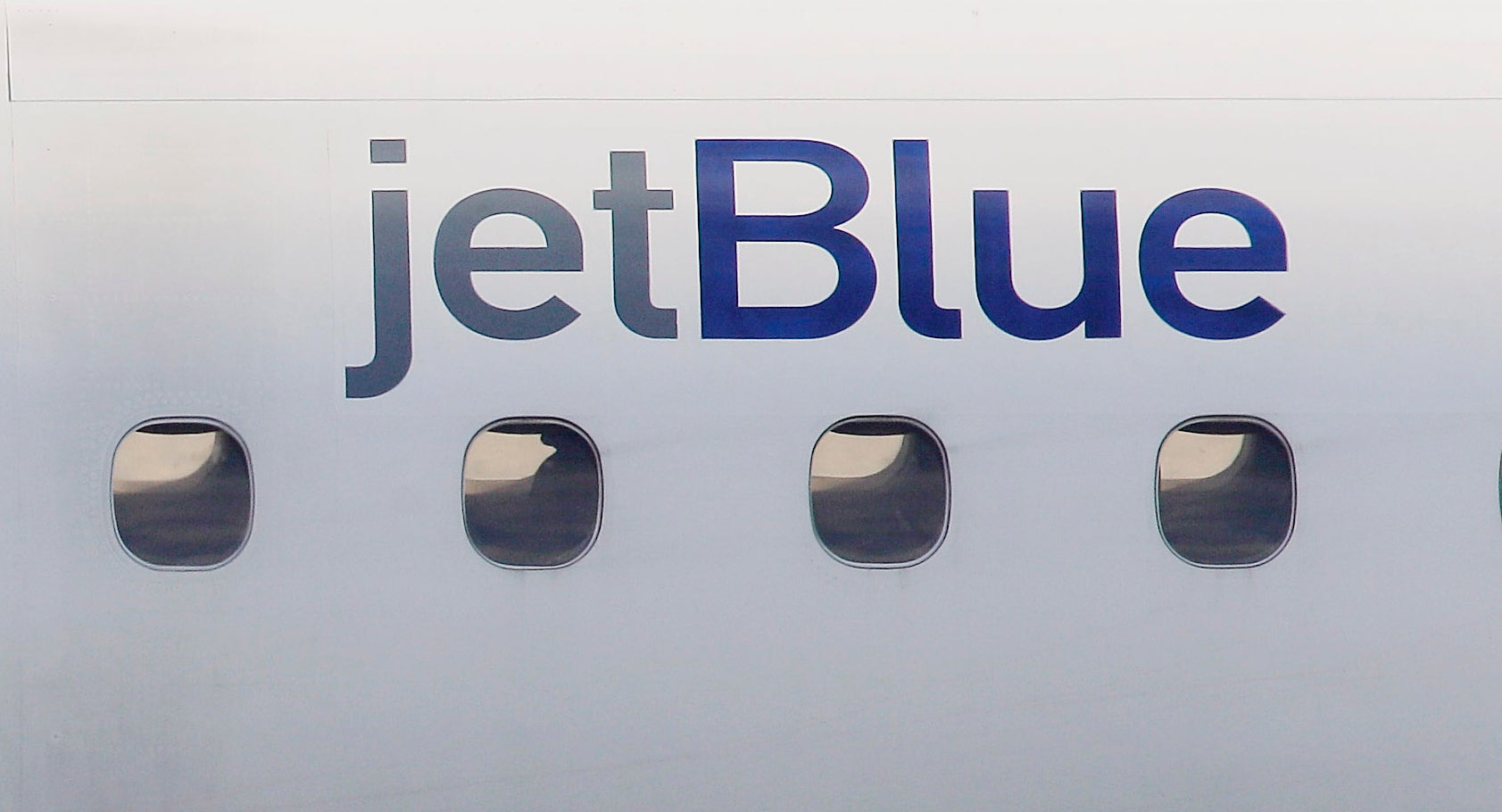NTSB says a JetBlue captain took off quickly to avoid an incoming plane in Colorado last year
Federal investigators are describing a close call between planes at a Colorado airport last year

Federal investigators say the tail of a JetBlue plane struck a Colorado runway during takeoff last year when the captain quickly pointed the jet's nose upward to get airborne and avoid a head-on crash with a plane preparing to land on the same runway.
Suggested Reading
The National Transportation Safety Board said Wednesday that the JetBlue captain pointed the nose of his jet up more quickly than normal “due to his surprise about encountering head on landing traffic.”
Related Content
The crew of the other plane, a Beechcraft King Air 350, was startled when the JetBlue plane announced that it was beginning to taxi on to the runway. The King Air was still more than 5 miles (9 kilometers) from the airport, but closing fast.
“I hope you don’t hit us,” the King Air crew said to the JetBlue pilots.
The JetBlue captain and co-pilot said they never saw the other plane, but they veered to the right after takeoff to avoid traffic that was detected by the collision-avoidance system on their jet.
The NTSB said flight data indicates that the planes were about 2.6 miles (4.2 kilometers) apart when the JetBlue Airbus A320 began its climbing right turn away from the airport.
The NTSB said “nonstandard” radio communication by the crew of the King Air contributed to the Jan. 22, 2022, incident at Yampa Valley Regional Airport, about 25 miles (40 kilometers) west of the ski town of Steamboat Springs, Colorado.
The NTSB’s final report comes as investigators look into several other recent close calls between planes.
It also highlights conflicts that can arise when big airline jets and private planes mix at smaller airports where there are no air traffic controllers. Airline pilots are often less familiar with those airports because flights may be only seasonal.
John Cox, a former airline pilot and now a safety consultant, said the actions of both crews can be questioned.
Cox wondered why the JetBlue pilots started their takeoff roll down the runway without knowing exactly how far away the other plane was, and why the King Air crew didn't change course once JetBlue announced its intent to take off.
The King Air crew “didn't do anything egregiously wrong up to the point that they knew they had an A320 coming face-to-face with them and they didn't abort the landing and get out of its way," Cox said.
The Associated Press left phone and online messages with the registered owner of the King Air.
Doug Moss, a safety consultant who spent 21 years as a pilot at United Airlines, said the JetBlue pilots were likely in a hurry to get airborne while running down their checklists and toggling between radio frequencies.
“The JetBlue pilots thought they had more time,” Moss said. “Once the captain realized the situation, I think he did the right thing” by turning the plane’s nose up early to get airborne quickly.
The JetBlue crew — a 45-year-old captain with more than 11,000 hours of flying experience and a 40-year-old first officer — cut short the planned flight to Florida and landed at Denver International Airport. No one was injured, but the NTSB classified the tail strike as an accident and said damage to the JetBlue plane was “substantial.”
New York-based JetBlue did not immediately comment on the report. The NTSB said that after the incident, JetBlue began developing training for pilots on flying at non-towered airports.
“If this had been a tower-controlled airport, this would not have happened,” Moss said.